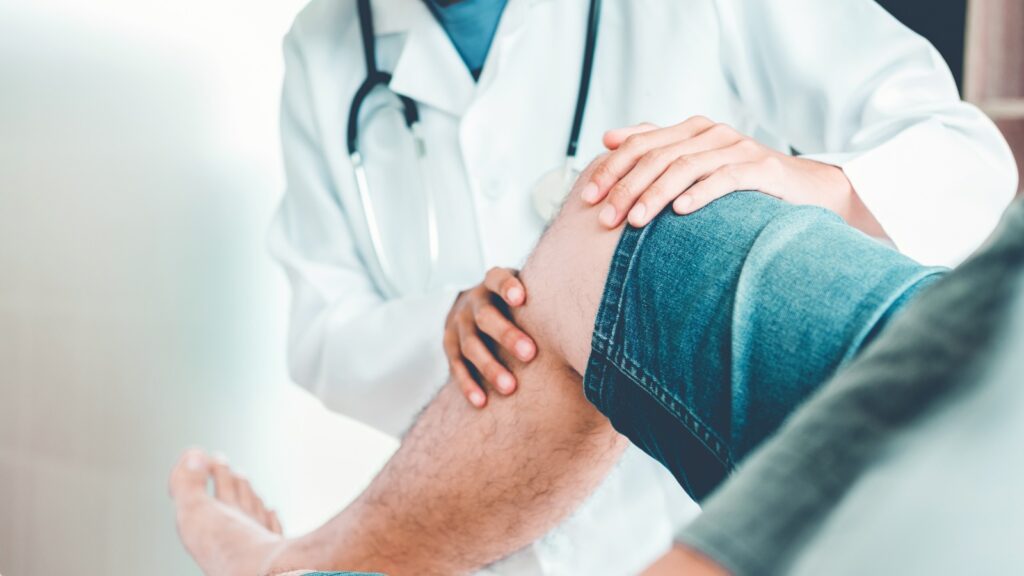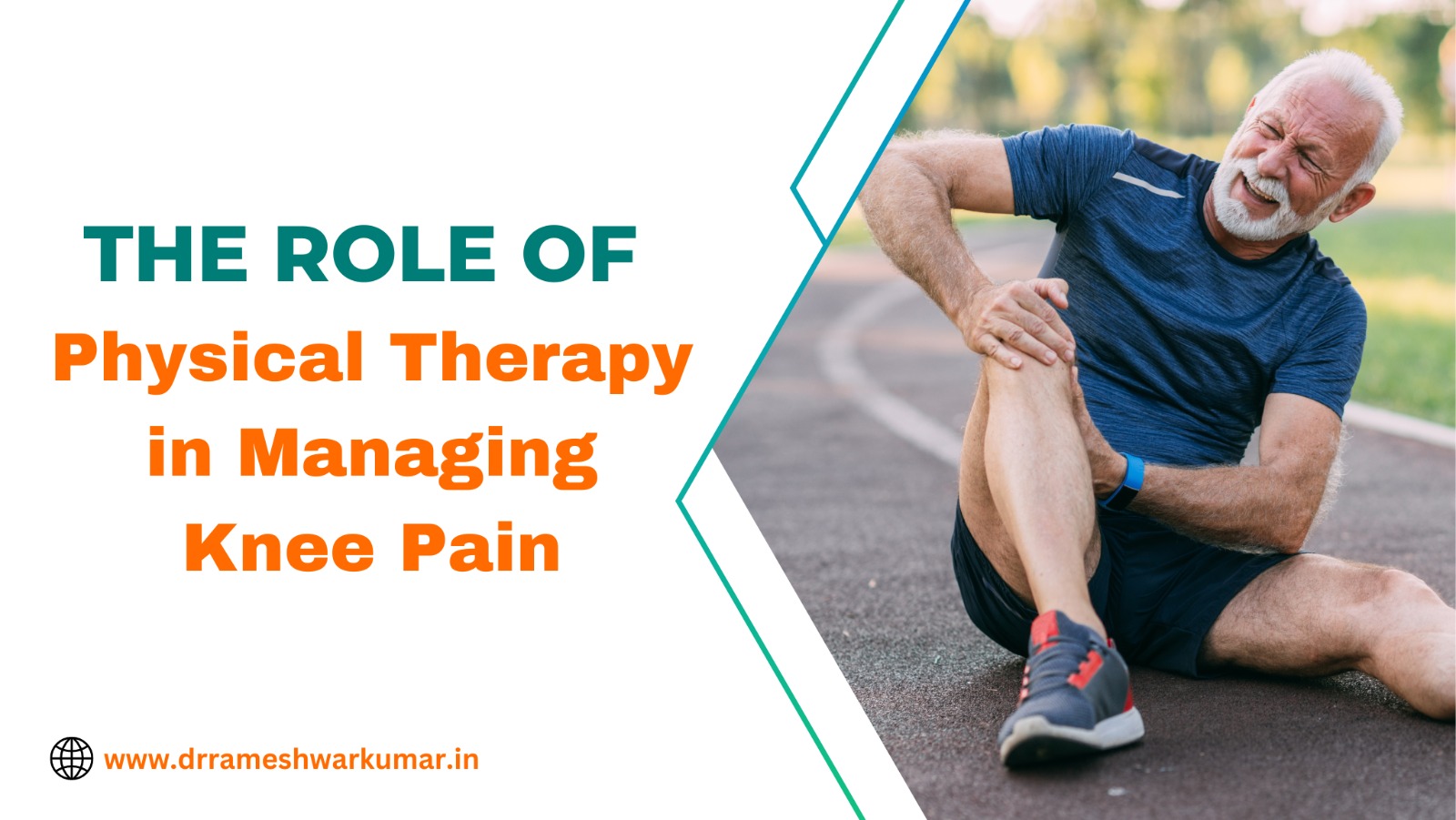Introduction
Physical therapy plays a crucial role in managing knee pain by addressing the underlying causes, reducing pain and inflammation, improving strength and flexibility, and enhancing overall function. In this blog post, we will explore the significant role of physical therapy in managing knee pain, including its benefits, standard techniques and exercises used, and how it can contribute to long-term pain relief and improved quality of life.
Understanding Knee Pain and the Need for Physical Therapy

Knee pain can arise from colorful factors, including injuries, overuse, arthritis, or underpinning medical conditions. Physical remedy focuses on understanding the root cause of knee pain and creating an individualized treatment plan to address individual requirements. It aims to palliate pain, facilitate mobility, restore function, and help unborn injuries or complications.
The Benefits of Physical Therapy for Knee Pain Management

Physical Remedy offers a range of benefits for individuals suffering from knee pain. It provides a non-invasive and conservative approach to pain operation, allowing individuals to avoid or reduce reliance on specifics or surgical interventions. Physical remedy helps in reducing pain and inflammation, adding the range of stir, strengthening the girding muscles, and perfecting overall common stability. It also educates individuals on proper body mechanics and ways for injury forestallment.
Common Techniques and Exercises in Physical Therapy
Physical therapists employ colorful ways and exercises to manage knee pain effectively. These may include
- Homemade remedy This involves hands-on ways, similar to common rallying or soft towel manipulation, performed by the physical therapist to ameliorate common functions, reduce pain, and enhance inflexibility.
- Remedial Exercises These exercises target the knee joint and girding muscles to ameliorate strength, stability, and range of stir. exemplifications include quadriceps strengthening exercises, hamstring stretches, and balance exercises.
- Modalities Physical therapists may use modalities similar to heat or cold wave remedies, ultrasound, electrical stimulation, or ray remedy to relieve pain, reduce inflammation, and promote mending.
- Functional Training This focuses on bluffing real-life conditioning to enhance functional movements and restore the capability to perform diurnal tasks without pain or limitations.
- Biomechanical Analysis Physical therapists dissect movement patterns and gait to identify any abnormalities or imbalances that may contribute to knee pain. They also develop strategies and exercises to correct these issues and promote proper movement mechanics.
- Case Education Physical therapists educate individuals on proper posture, body mechanics, and ways for injury forestallment during conditioning of diurnal living, exercise, and sports
The Long-Term Benefits and Importance of Physical Therapy
Physical Remedy not only provides short-term pain relief but also offers long-term benefits for managing knee pain. By addressing the root causes of pain and dysfunction, the physical remedy helps individuals recapture strength, inflexibility, and function. It promotes optimal mending, reduces the threat of unborn injuries, and enhances the overall quality of life. also, physical remedy empowers individuals by tutoring them tone-operation ways, exercise programs, and strategies for precluding pain rush.
Conclusion
Physical therapy plays a significant role in managing knee pain by addressing the underlying causes, reducing pain and inflammation, improving strength and flexibility, and enhancing overall function. By employing techniques such as manual therapy, therapeutic exercises, modalities, and patient education, physical therapists create personalized treatment plans that promote pain relief, restore mobility, and prevent further complications. If you are experiencing knee pain, consult with a physical therapist to develop a comprehensive plan that will help you manage your pain, regain function, and improve your quality of life.



